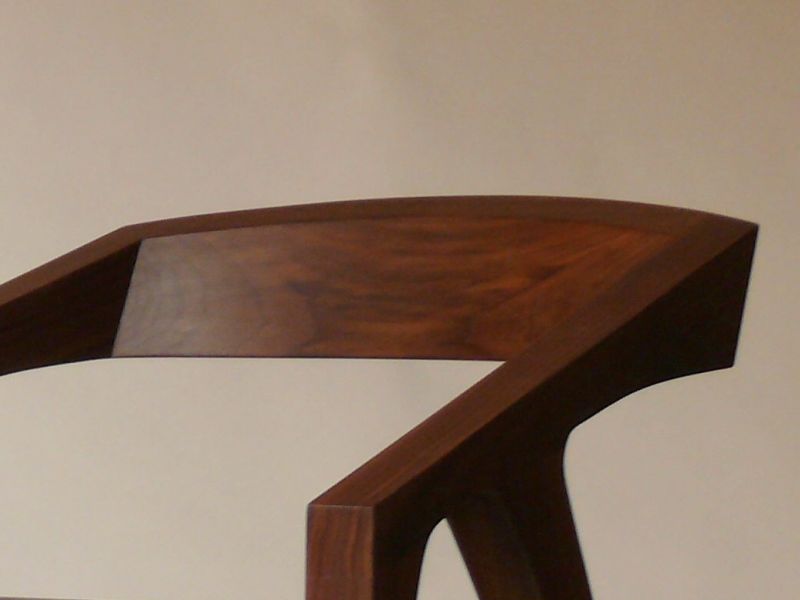Question
We're a mid-size interior and exterior door manufacturer. For the past few years we have used a two piece face laminated stile for our doors that are mostly glued up in a RF glue machine. Due to several problems, some of which were glue related and some service related, we changed glue suppliers early last summer. We went from a two part PVA to a one part PVA with really good results. We have, however, recently witnessed a spike in bowed doors, more than the common door here and there. While each job has some things in common with other jobs, the only common factor is we're now using a different glue to bond the pieces together.
I do not believe this is the cause of our problems, but it keeps getting pointing out to me that while our problems did not start when we switched, it's the only common factor amongst all the jobs. We are located in the Midwest and go through huge swings in our shop related to humidity between summer and fall, which as I pointed out is when the problem doors were made. We strive to measure moisture content when the lumber comes into our shop and reject any loads that are not acceptable. Once the lumber comes in, however, we do struggle to keep the humidity in the building at acceptable levels, at least to me.
So my question is this. I know doors bow because the moisture content of the wood changes, basic woodworking 101. Could there be any correlation between the glue we are now using and the bowed doors? Around half of these doors were finished in house and left without being bowed. They are all finished all six sides. The vast majority of the doors since we changed glues are still flat. Some are still in our plant. The jobs are a variety of different woods, so I know we did not get in one bad load of lumber. Is there any possible chance the glue we are using is allowing the door stiles to bow? I hope some of this makes sense, as I am completely stumped and am looking for any insight as to what may be our problem.
Forum Responses
(Adhesive Forum)
From Gene Wengert, forum technical advisor:
Check the amount of water in the adhesive, old and new. We know, and you are correct, that moisture change is what causes bowing.
Another example is a stack of ten 98" stiles being glued up with two 82" stiles in the mix. If the shorts are on the outside, there will just be a reduction in pressure on the ends of the longs stiles, but if they are mixed in, the ends of the long stiles will have been glued up with stresses. Your backer blocks need to be calibrated often too. Don't just mic each one, stack a bunch of full length backers together and measure how thick they are on one end versus the other. A 1/32" difference in thickness can translate into introducing a 1/4" bow if you stack eight together. They get subjected to tremendous clamping pressure all the time and will eventually compress. If any single stile comes off the press not dead straight there is something wrong somewhere, and stiles are likely glued up with stresses. You can verify this by pulling a few from a suspect batch and leaving them out in the weather. They will bow.
I can only imagine your problems, as we had a few bowed stiles and they were even engineered stave core. The problem was in gluing operations, not the glue. We use Titebond 2 from 55 gal drums and do not add catalyst, having switched from various brands of two part glues with success, mainly I think because you can eliminate improper mix ratio or how thoroughly mixed the glue is as a variable.
Contributor D - good info, as I'm just starting to really examine our RF operations. We typically glue up seven stiles at a time, sandwiched between two (I'm at home so I'm guessing at this one) 16" glued up blocks, think as if they're laminated beams. As far as I can tell, we shouldn't have any build up of tolerances. I randomly check our stiles as they come off the RF and they are straight as can be.
To add a little additional info I didn't think of yesterday. We stock some of our better selling doors. If, and it's a big one, we have a problem with our glue, shouldn't we see bowed doors before they leave our facility? These are whole jobs we are seeing warp, not something random, and definitely not all from the same batch of glue.
One final thing - it just occurred to me, and I'll look at it tomorrow. What would happen if we were not to look at growth rings before we glued up the stiles? I've read various arguments for and against this. How long would it take for bowing to show up if we're not putting opposing faces together? Some of these doors sat for a week before being finished, some five weeks, and one job sat in our shop for almost three months. The doors were all straight when they left. The more I look into this, the more stumped I become.
I fully understand a two piece stile is not the best construction method from a performance standpoint. For better or worse, we sell, and our market demands, a "solid" wood door. I'm slowly working towards an engineered stile that our sales staff and customers will accept, but were stuck with a two piece stile for now. A three piece stile for us would have a glue line running down the sticking, which I think, as do our customers, is completely unacceptable. Once again, thanks to all who have contributed.
